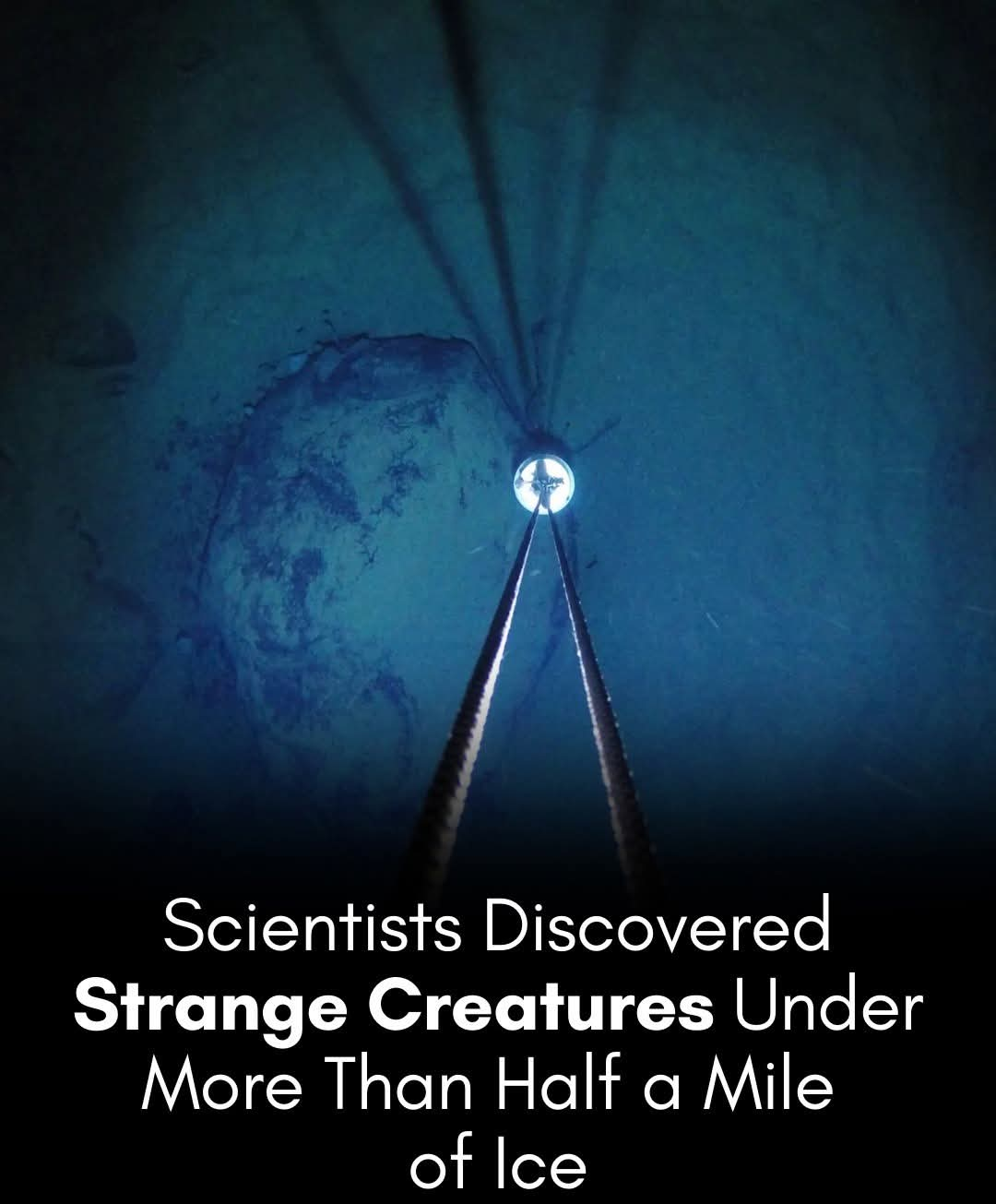과학계를 경악하게 만든 발견
우리는 발견해서는 안 될 곳에서 생명체를 발견했습니다.
과학자들은 토양 샘플을 채취하기 위해 남극 빙하 800미터 아래를 시추했습니다. 그런데 그 대신 *생명체*를 발견했습니다.
그들은 그곳에 있어서는 안 될 동물들을 발견했습니다.
일상적인 지질 탐사로 시작된 것이 과학계를 경악하게 만든 발견으로 이어졌습니다. 해저 퇴적물을 찾기 위해 남극 필히너-론네 빙붕을 시추하던 연구원들은 우연히 생명체를 발견했습니다. 빙하 아래 약 900미터(3,000피트) 깊이의 외로운 바위에 매달려 있는 기이하고 움직이지 않는 생물들이었습니다. 햇빛과 알려진 먹이원에서 수백 킬로미터(1,000미터)나 떨어져 있음에도 불구하고, 해면동물, 줄기가 있는 동물, 그리고 가느다란 실 같은 생물 등 이 동물들은 오랫동안 복잡한 생명체가 살 수 없다고 여겨졌던 곳에서 번성하고 있는 것으로 보입니다.
과학자들은 이 생물들이 어떻게 살아남는지 당혹스러워하고 있습니다. 주요 이론은 생산성이 높은 해양 지역에서 표류하는 유기물인 해양 눈이 깊은 해류를 통해 먼 거리를 가로질러 이동하며 고립된 생태계에 영양을 공급한다는 주장을 제시합니다. 이 발견은 지구 생명체의 한계에 대한 기존 가정에 의문을 제기할 뿐만 아니라, 다음과 같은 시급한 질문을 제기합니다. 이 동물들은 어떻게 그곳에 왔을까요? 그들의 나이는 얼마나 될까요? 그리고 남극 대륙의 거대한 빙붕 아래에는 얼마나 많은 생태계가 숨어 있을까요? 기후 변화가 이 얼음 환경을 위협하는 가운데, 이 희귀한 발견은 사라져 가는 고대 세계를 엿볼 수 있는 기회가 될지도 모릅니다.

We found life in places we shouldn't have found.
Scientists drilled 800 meters below the Antarctic glacier to collect soil samples. But instead, we found a creature.
They found animals that shouldn't be there.
What began as routine geological exploration led to discoveries that shocked the scientific community. Researchers drilling the Philchner-Ronne ice shelf in Antarctica for undersea sediments stumbled upon life. bizarre and immobile creatures hanging from a lonely rock about 900 meters (3,000 feet) deep beneath the glacier. Despite being hundreds of kilometers (1,000 meters) from sunlight and known food sources, sponges, stalked animals, and slender thread-like creatures appear to be thriving in places where complex life has long been thought uninhabitable.
Scientists are perplexed at how these organisms survive. The main theory suggests that marine snow, an organic substance drifting in highly productive marine areas, travels across long distances through deep currents, nourishing isolated ecosystems. This finding not only questions existing assumptions about the limits of life on Earth, but also raises urgent questions such as: How did these animals get there? How old are they? And how many ecosystems are hidden under the great ice shelves of Antarctica? With climate change threatening this ice environment, this rare discovery may be a glimpse into the fading ancient world.